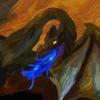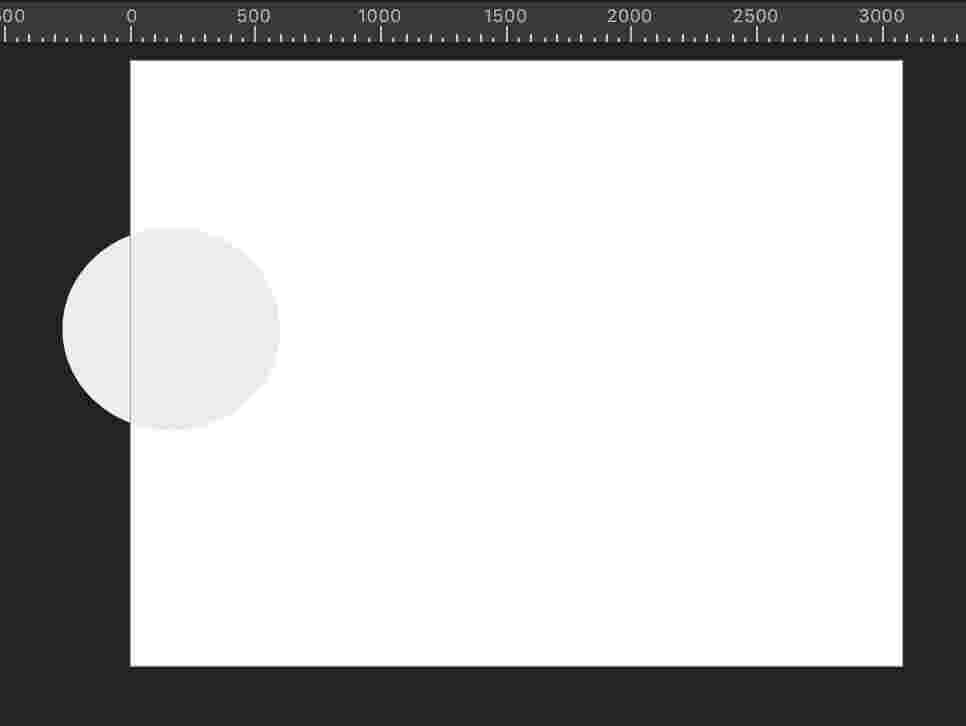-
Posts
117 -
Joined
-
Last visited
Posts posted by Peregrin
-
-
Plugins would be great!
-
10 hours ago, Eredcloud said:
Oooh I JUST found this post. I love creating my fantasy maps and battlemaps in Designer vs photoshop. I grew up on Corel Draw (no longer Mac supported) so vector drawing made more sense to me than photoshop drawing. Glad someone else likes using vectors.
I'm just glad I could be of some help to some people.

-
I've suggested this before and some staff members have said they plan to add this feature, but looking at 1.7's features I thought this would be a good time to bring it up again. Smooth curves are great most of the time, but when you want something to look hand-drawn, you usually need it to be a bit rough. I think many illustrators would benefit from a roughening tool; it would allow illustrators to make non-uniform curves more easily than having to draw each node individually.

As it is, it's really hard to produce a line that doesn't look uniform, and a roughening tool to add pseudorandom midpoint displacement would make illustrating much less time-consuming.
Last I heard, the plan was to have a brush-type tool that would allow the roughening effect to be "rubbed over" a curve. I think that's is a great idea, but even something as simple as Inkscape's Fractalize feature would be sufficient for many illustrators' purposes.
-
Hi. I'm considering writing an eBook on vector graphics, and I want to use Affinity Designer as the main software I talk about. I just wanted to make sure this is all okay. Is there any particular information I should mention when I talk about Affinity?
-
9 hours ago, Bad_Wolf said:
Hello Peregrin,
Thank you very much for sharing your experiences with us. I do appreciate that.
I found your fantasy world map tutorial by Google. I was looking for a tutorial for Affinity Designer to draw fantasy world maps. Great was my surprise I found yours right away. Exactly what I was looking for.
It is really a great tutorial. I have Affinity Designer on this laptop, Inkscape I had to download and install. On this moment I only read your tutorial and you give very usefull advice and suggestions. For the same reason as you, I prefer to work as much as I can with vectors. Editing and changing objects is much easier and scaling is lossless.
Now it is time to draw my own world for my fantasy book. You are correct when you say a map is necessary because during the whole writing process, you do not loose track of the fantasy world.
Keep up the good work!
Chris
I'm so happy to hear you find my tutorials helpful. Making fantasy maps is the main reason I bought Affinity in the first place, and I'm thrilled that I can share the knowledge I've gained with others who have the same need.

-
-
Link to Tutorial:
http://hmturnbull.com/writing/fantasy/map-making/introduction/
Description:
On my website I'm writing a series of tutorials on how to create a fantasy map using Affinity Designer. I've seen a lot of tutorials for fantasy cartography, but they all seem to focus on either hand-drawn maps or maps made in raster software. Using my method, one can create a fantasy map that will scale infinitely and is easier to edit throughout the process.
In this tutorial, I will teach you how to make a versatile map that you can use for stories or role-playing games.
-
I'm just wondering how the Perlin Noise has been improved. It does look better, but I'm not entirely sure what's different to make it so.
-
6 hours ago, reglico said:
Hello, Peregrin,
There is of course a way to achieve this, but it is only a workaround that is not very practical.
Draw a shape, duplicate it and paste it on itself. Put the filling of the lower form in color, without stroke.
Put the upper shape without filling, with a stroke.
With the "Node"tool, insert nodes on the upper stroke of the top shape on both sides of the stroke portions to be hidden.
Select these nodes,"Break Curve" and delete the line between the nodes.
Not very easy to edit it after that, though.
-
19 hours ago, haakoo said:
you can always export as jpeg and use a converter to batch convert to .png
The problem with that workaround is that a .jpeg isn't a lossless format, and every time you work with it the quality becomes worse.
-
Moho Pro 12's spiral tool seems to work pretty well. I think Affinity Designer should definitely add one.
-
-
I like this idea, but this should be in the Feature Requests section.
-
-

I must have pressed something that caused objects to be visible outside of the bounds of the image. It would be nice to know how to toggle this off or on, as I can see how it might be useful in some situations and distracting in others. Thanks.
-
23 hours ago, owenr said:
Why not use the Mac version of Inkscape? (It takes only a few seconds to install XQuartz.)
That's actually a really good idea. What's XQuartz exactly?
-
I was just thinking the same thing! A numerical input would make it so much easier to make precise curves.
-
I agree completely! Illustrators need certain features that are quite different from those that designers need. The big one for me is path roughening.
-
On 2017-11-17 at 3:48 PM, avicenna said:
- Blend objects
- Select similar objects
I think Affinity designer can look at the Inkscape features. And, since Inkscape is open source, Affinity can use Inkscape's algorithm instead of creating everything from scratch.
Inkscape certainly has a lot of features that Affinity should think about adding. Of course, if Affinity added these features it'd probably do them better than Inkscape, which is a bonus.
-
On 2017-11-15 at 9:24 PM, Bri-Toon said:
Oh, well then I'm down.
On the other part you said about perlin noise, I didn't understand that topic since I'm not as familiar with filters.
What I meant was that the fractalized path should be truly random and not just repeat the same contours. At the moment, when you use a Perlin Noise filter it always looks the same, but it needs to be random so patterns don't repeat noticeably.
-
Isn't this feature already on the roadmap?
-
On 2017-11-14 at 7:04 AM, Bri-Toon said:
That would come so useful for objects with furry textures and such, and I agree with that topic. My only concern is how that would affect the fills. Currently, if we add a custom vector brush with perhaps a zigzag shape, there are gaps between the stroke and fill.
I wasn't actually talking about brushes that simulate that effect; I'm suggesting something that actually changes the vector points on the path itself. Inkscape can already do this, but it would be great not to have to go through the trouble of converting an Inkscape vector image to an Affinity one. I don't think fills would be a problem, as this is how it works in Inkscape. I also think one should be able to define the seed manually so lines don't always end up looking the same (which has been the problem with Perlin Noise).

-
20 hours ago, Hildy said:
I really need the random option in order to make the move from Adobe. A common technique in speculative cartography is to generate a few pages of clouds with thresholds adjusted to generate "organic" shapes that can be combined to create continents/land forms for the base of our maps. The process really depends on those shapes being random.
I've been having the same problem with Affinity! Whenever I try to make maps they always look the same because AP always uses the same seed.
-
As long as we're all just throwing things out there, I'd like to add that one of your suggestions is something I've been requesting for a while: a roughening operation for vector paths. I'd just like to say that such a feature usually functions based on a very simple algorithm called "midpoint displacement."











Roughen Tool
in Feedback for Affinity Designer V1 on Desktop
Posted
Actually, I discovered a while ago that there's an extension in Inkscape called "Fractalize..."; it allows you to do vector roughening.